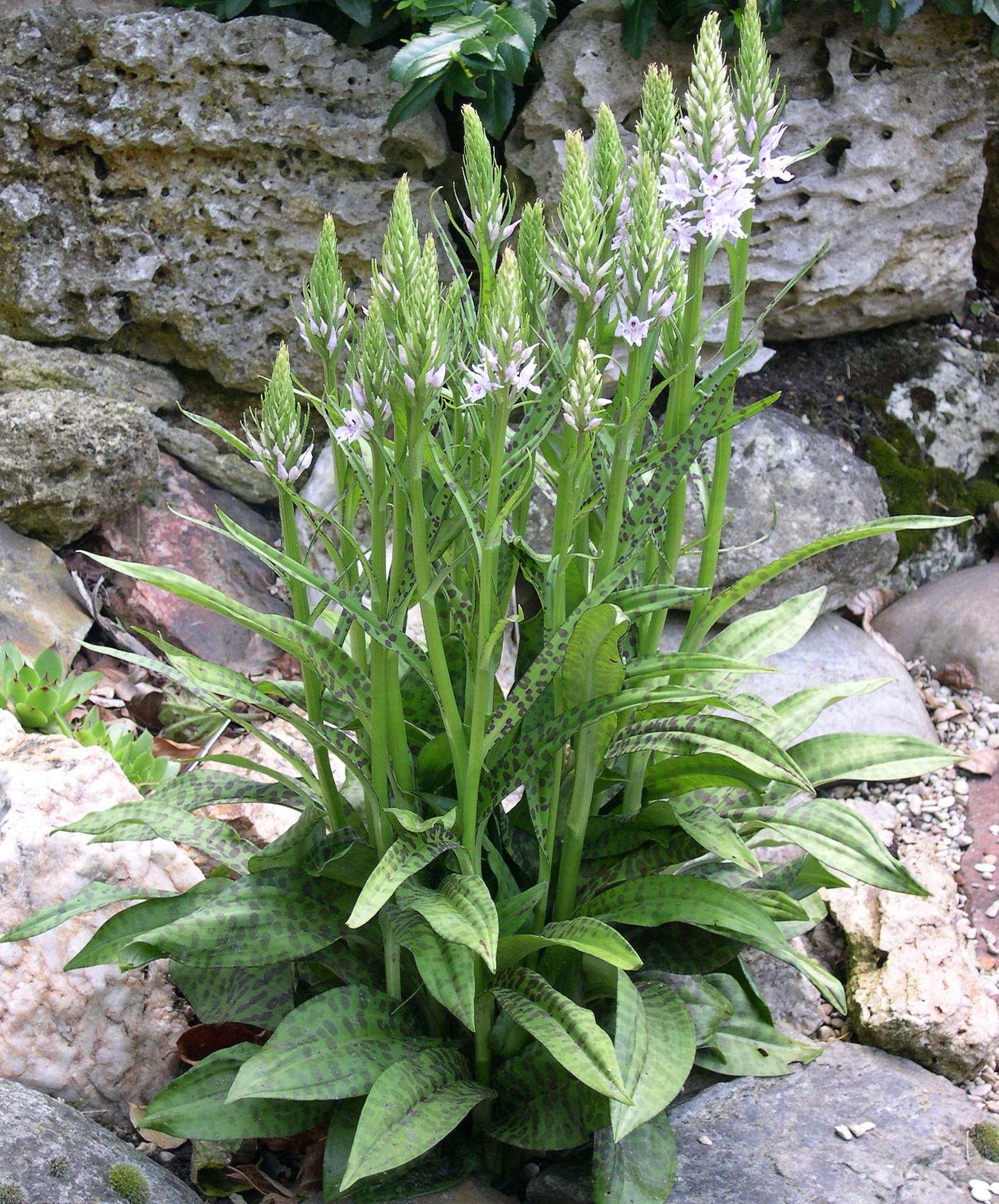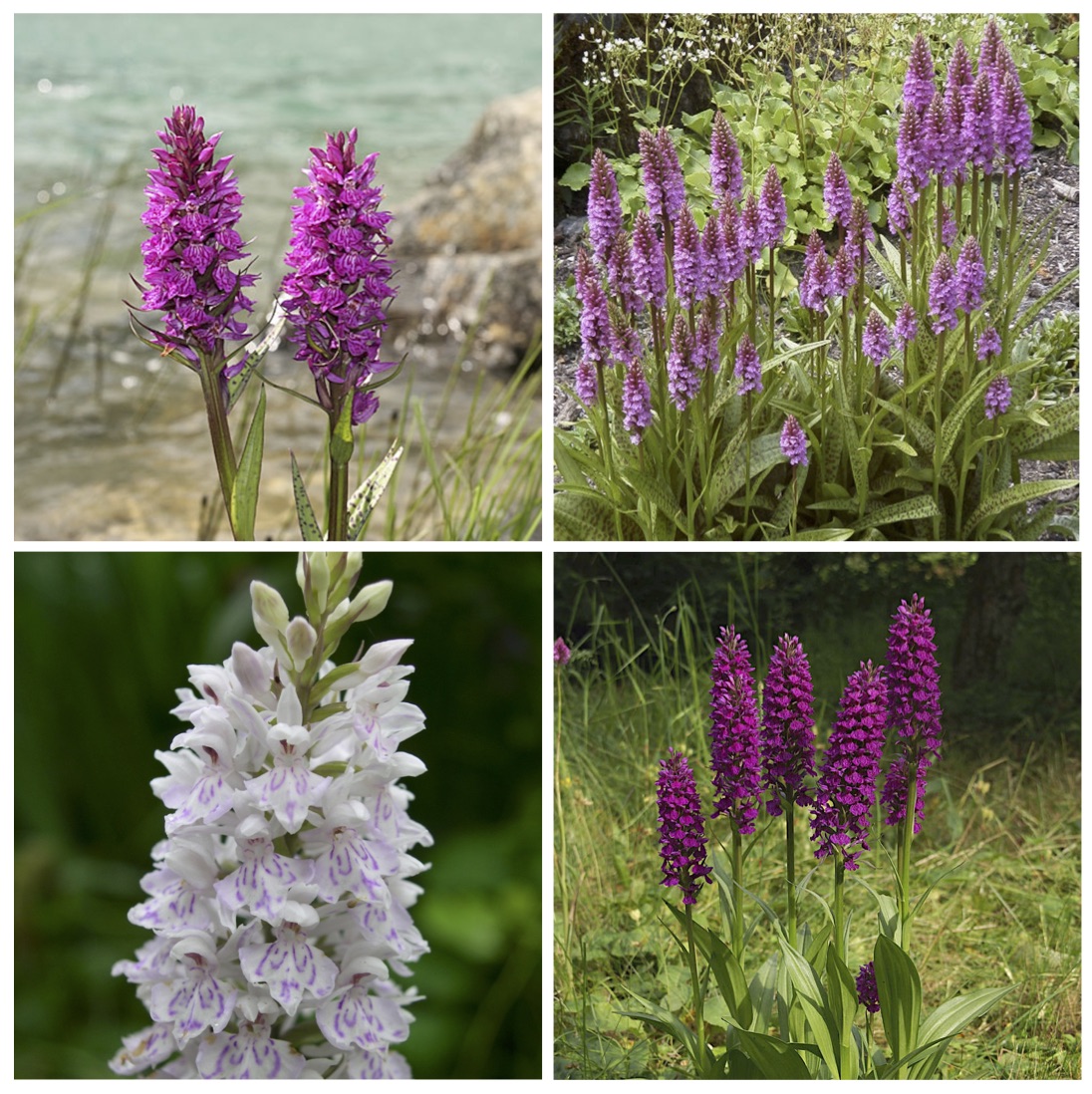Cart 0 Product Products (empty)
No products
Free shipping! Shipping
0,00 € Tax
0,00 € Total
Product successfully added to your shopping cart
Quantity
Total
There are 0 items in your cart. There is 1 item in your cart.
Total products
Total shipping Free shipping!
Tax 0,00 €
Total
-

Hyacinth Orchid 4 Pack - Bletilla Garden
Of all of the hardy orchids for sale,...
48,91 € -10% 54,34 €
Categories
FAQ
Avez vous besoin d'aide ? Consultez notre page dédiée aux FAQ.
What is the best way to choose your Dactylorhiza garden orchid?
Published : 10/17/2017 16:02:15
Categories : Dactylorhiza , Growing

What is the best way to choose your Dactylorhiza garden orchid?
Dactylorhiza are terrestrial orchids which are widely found in the wild in many parts of Europe. They are very robust and particularly hardy. The varieties that Phytesia propose resist temperatures that are often negative (-20° C).
There are numerous species which are often very difficult to differentiate, as well as many natural hybrids of these different species.
The colour of the flowers may also vary within the same species.
So how can you choose your Dactylorhiza orchid? Here is some information to help you make the right choice
Most species of Dactylorhiza flourish in damp and sometimes wet soils. Some species are more tolerant.
Dactylorhiza fuchsii, for example, looks very similar to Dactylorhiza maculata. Both species generally have pale pink flowers, but there is a great difference between the two: they do not live in the same kind of habitat. Dactylorhiza fuchsii is more adaptable; it can be planted in damp locations which are temporarily drier, but also in different types of soil.
It also grows faster and produces numerous flower stalks. And the icing on the cake is that it multiplies easily by seeding; as a result, seedlings can appear far from the mother plant thanks to insects or the wind.
The flowering period is long because the flowers do not all open at the same time. They open first at the base of the plant before finishing at the top.
It is best to place the Dactylorhiza fuchsii at the front of a flower bed because of the plant's small size. It can be accompanied by other partial-shade plants in the same colour range as the Astrantia, which also blooms in late spring.
Don't hesitate to plant several types side by side for a pleasant overall effect.
The Dactylorhiza pratermissa, majalis or alpestris generally have a brighter colour (purple pink to dark red). With their earlier flowering, they perfectly compliment the Dactylorhiza fuchsi or maculata to form a flowerbed that remains in bloom for much longer. The alpestris variety is known as a subspecies of Dactyloriza majalis. It is, as its name suggests, a mountain variety native to the Alps and has a stockier appearance with more vibrantly-coloured flowers.
For those who are fans of dark purple flowers, choose between Dactylorhiza purpurella or 'Foliorella'. The effect it can have in a garden is second to none. If you hesitate between these 2 varieties, choose the Dactylohiza 'Foliorella' which is a hybrid between Dactylorhiza foliosa and purpurella and which can be distinguished by its very strong growth. In full bloom, the plant can reach a size of 60 to 80 cm and the imposing flowering stalk regularly measures more than 30 cm.
Finally, if you still can't choose between all these varieties, Phytesia is temporarily offering an assortment of 4 Dactylorhiza composed of the following varieties:
- Dactylorhiza fuchsii
- Dactloriza alpestris
- Dactylorhiza majalis
- Dactylorhiza ‘Foliorella’

